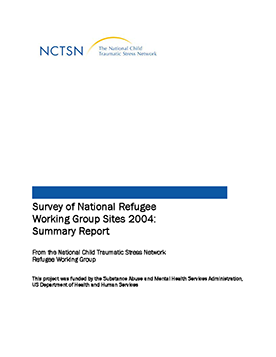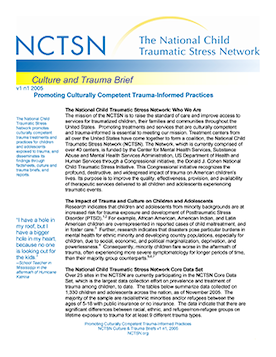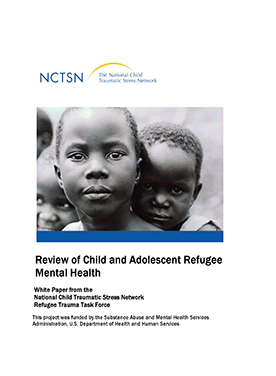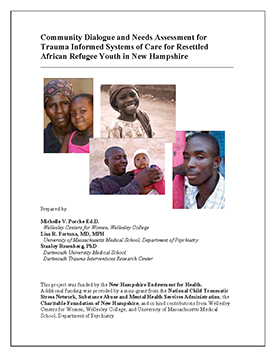
NCTSN Resource
Survey of National Refugee Working Group Sites 2004: Summary Report
Type: Resource Guide
Summarizes findings from a survey done by the NCTSN Refugee Working Group Sites in 2004.
The following resources on Culture and Trauma were developed by the NCTSN.

Summarizes findings from a survey done by the NCTSN Refugee Working Group Sites in 2004.

Highlights the need for clinicians and policy makers to understand the links between trauma and culture.

Gives an overview of child and adolescent refugee mental health.

Documents the results of a project that engaged African refugee youth, community members, and service providers.